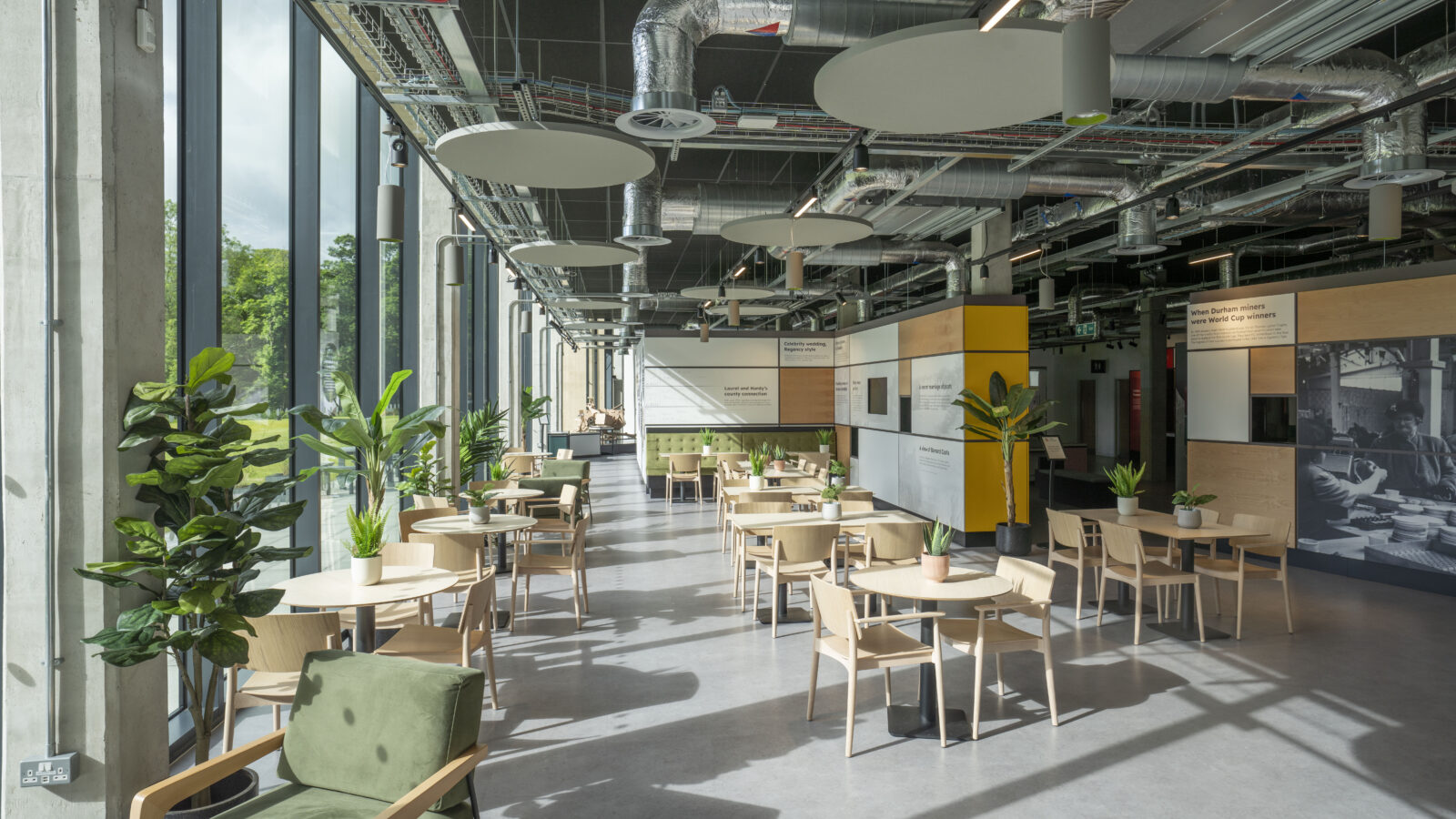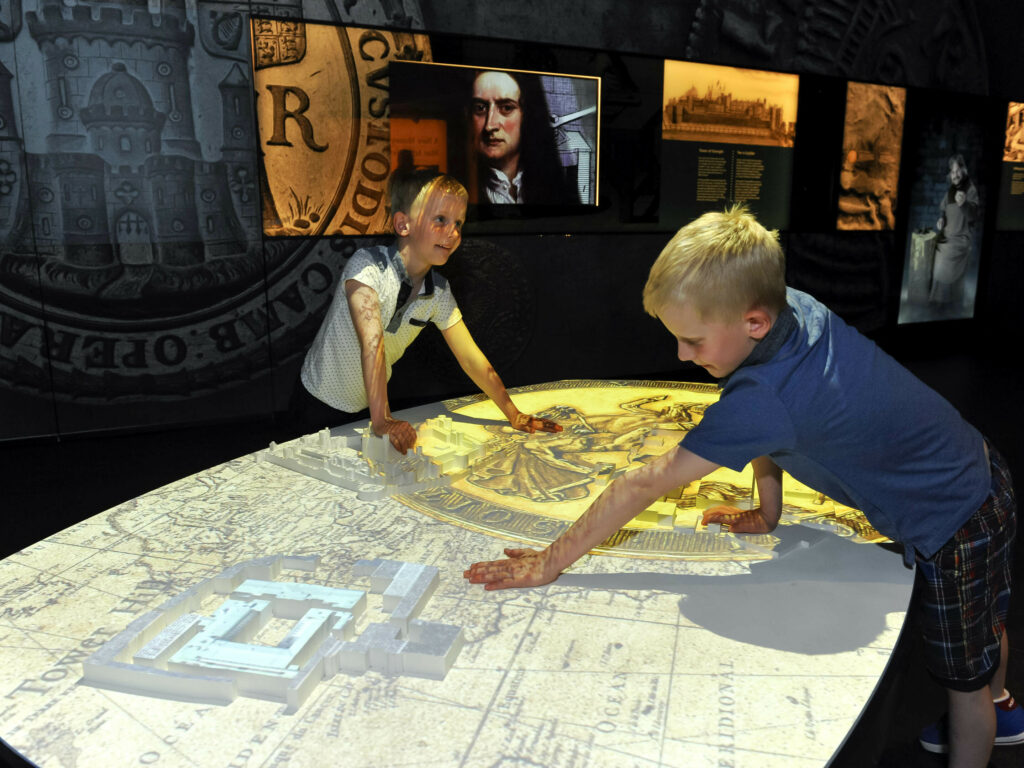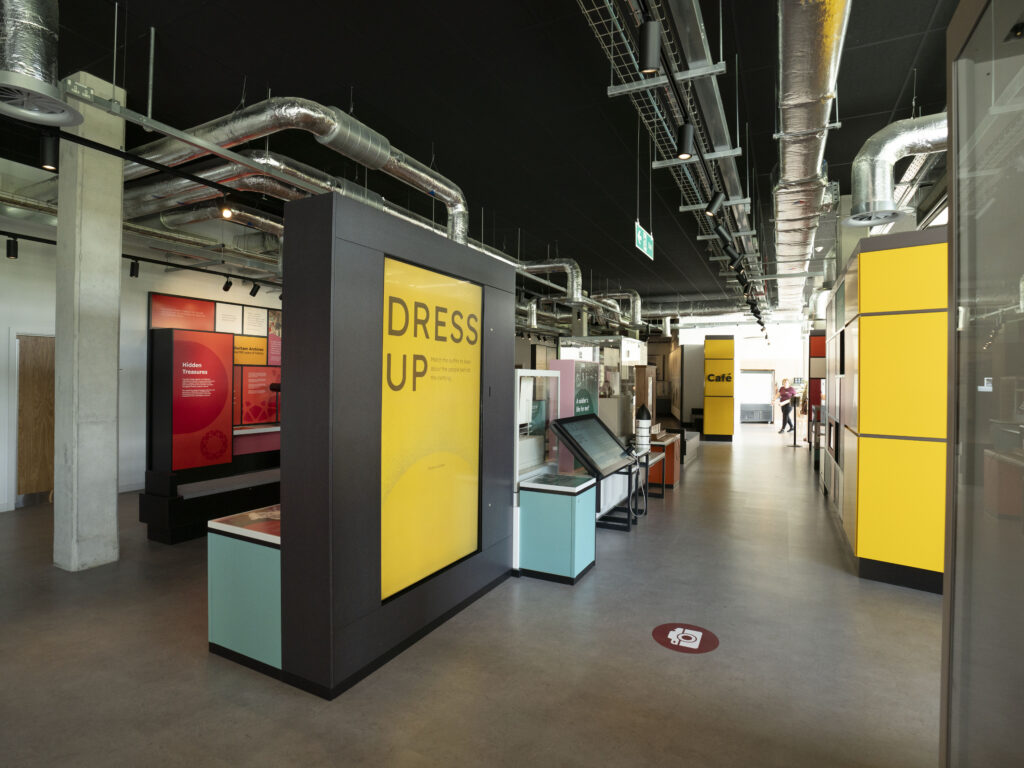However, many heritage sites struggle to remain relevant in a fast-paced entertainment-driven world, especially when it comes to attracting younger audiences. It's vital for these sites to evolve to capture the interest of millennials and Gen Z, who seek immersive and engaging experiences that provide the perfect 'Instagram moment.'
Fortunately, it is possible for heritage sites to engage younger visitors by rethinking their offerings and engagement strategies. Here are some ways to make heritage sites more exciting and appealing to a younger generation:
Create immersive, interactive experiences
Integrating new technologies can enhance both the experience and aesthetics of heritage sites. Utilising tools such as augmented reality (AR) and virtual reality (VR) can bring historical events and artefacts to life. Adding interactive elements—like escape room-style challenges or touchscreens—encourages active participation. A creative approach could involve allowing young audiences to lead tours for similar aged groups, a concept focused on 'interpretation created by young people.' This could significantly increase footfall from the younger generation.

Co-creation and community involvement
Engaging younger audiences through co-creation and community involvement is a powerful strategy. Gen Z, in particular, values inclusivity and a sense of ownership in their experiences. By involving them in the process, heritage sites can uncover creative ways to interpret their offerings. This engagement not only strengthens emotional connections to the heritage but also provides a sense of belonging and pride.
Tailored activity programmes
By engaging with younger community, heritage sites can better understand the activities, events, or workshops that appeal to them. Creating a programme of activities tailored to younger audiences can help attract visitors who might not have otherwise considered visiting the site.
Design flexible spaces
Heritage sites should consider creating flexible spaces that provide younger audiences with dedicated areas to meet friends, study, focus, and learn. This approach makes them feel seen and represented. By offering flexible spaces, sites may attract visitors who wouldn’t typically engage with the primary offerings, but who could develop an interest once exposed to the site.

Utilise social media
If there’s one place where young people are hanging out, it’s social media. Platforms like Instagram and TikTok are powerful tools for reaching this demographic. Heritage sites should showcase the beauty of their locations on these platforms, highlighting 'Instagram moments' to entice younger visitors. While it might feel out of your comfort zone, embracing social media trends can be beneficial—just be sure to tailor them to fit your brand! Collaborating with influencers in the history, travel, or culture niches can also help drive engagement on social media.
Heritage sites have so much potential to engage younger generations if presented effectively. By stepping into the shoes of younger audiences, sites can better target and engage them.
If you need assistance transforming your heritage site to appeal to younger audiences, feel free to reach out to see how we can help!
T: 01625 521 128




